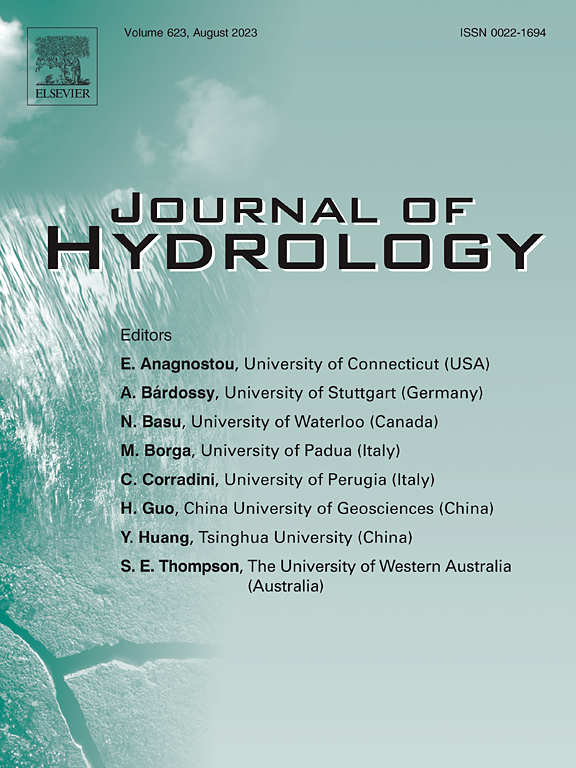Study on microstructure and permeability of a red clay area subjected to dry-wet cycles using X-ray micro computed tomography and AVIZO
IF 5.9
1区 地球科学
Q1 ENGINEERING, CIVIL
引用次数: 0
Abstract
Global warming has significantly intensified the severity and frequency of dry-wet (DW) cycles, particularly in fragile ecological regions such as the Qinghai-Tibet Plateau, profoundly impacting soil structure and permeability. However, the report on the micro-scale pore structure and permeability of red clay in the Qinghai-Tibet Plateau is rare. In response, this study employs an innovative experimental technique to replicate the DW cycle of soil, combining with the micro-CT technology and permeability simulations, to evaluate the impact of DW cycles on the microstructure and permeability of red clay. The findings reveal that following a rising count of DW cycles, connected pore volume within the soil sample rapidly expands, while isolated pore volume initially decreases and then remains constant, highlighting the alterations in pore structure during the DW cycles. Following a rising count of DW cycles, connected porosity rises from 4.86 % to 16.06 %. This suggests that the increase in DW cycles results in the collapse of small pores and their merging into large pores. Permeability increases from 19.72 × 10−6 D to 250.76 × 10−6 D, exhibiting a trend of rapid growth followed by slow growth. Both the quantity and distribution density of visible flow lines progressively increase as the DW cycle number increases.
求助全文
约1分钟内获得全文
求助全文
来源期刊

Journal of Hydrology
地学-地球科学综合
CiteScore
11.00
自引率
12.50%
发文量
1309
审稿时长
7.5 months
期刊介绍:
The Journal of Hydrology publishes original research papers and comprehensive reviews in all the subfields of the hydrological sciences including water based management and policy issues that impact on economics and society. These comprise, but are not limited to the physical, chemical, biogeochemical, stochastic and systems aspects of surface and groundwater hydrology, hydrometeorology and hydrogeology. Relevant topics incorporating the insights and methodologies of disciplines such as climatology, water resource systems, hydraulics, agrohydrology, geomorphology, soil science, instrumentation and remote sensing, civil and environmental engineering are included. Social science perspectives on hydrological problems such as resource and ecological economics, environmental sociology, psychology and behavioural science, management and policy analysis are also invited. Multi-and interdisciplinary analyses of hydrological problems are within scope. The science published in the Journal of Hydrology is relevant to catchment scales rather than exclusively to a local scale or site.
 求助内容:
求助内容: 应助结果提醒方式:
应助结果提醒方式:


